Is Stagflation a Serious Market Risk?
High inflation and corporate warnings of supply chain issues have brought stagflation fretting to a fever pitch.

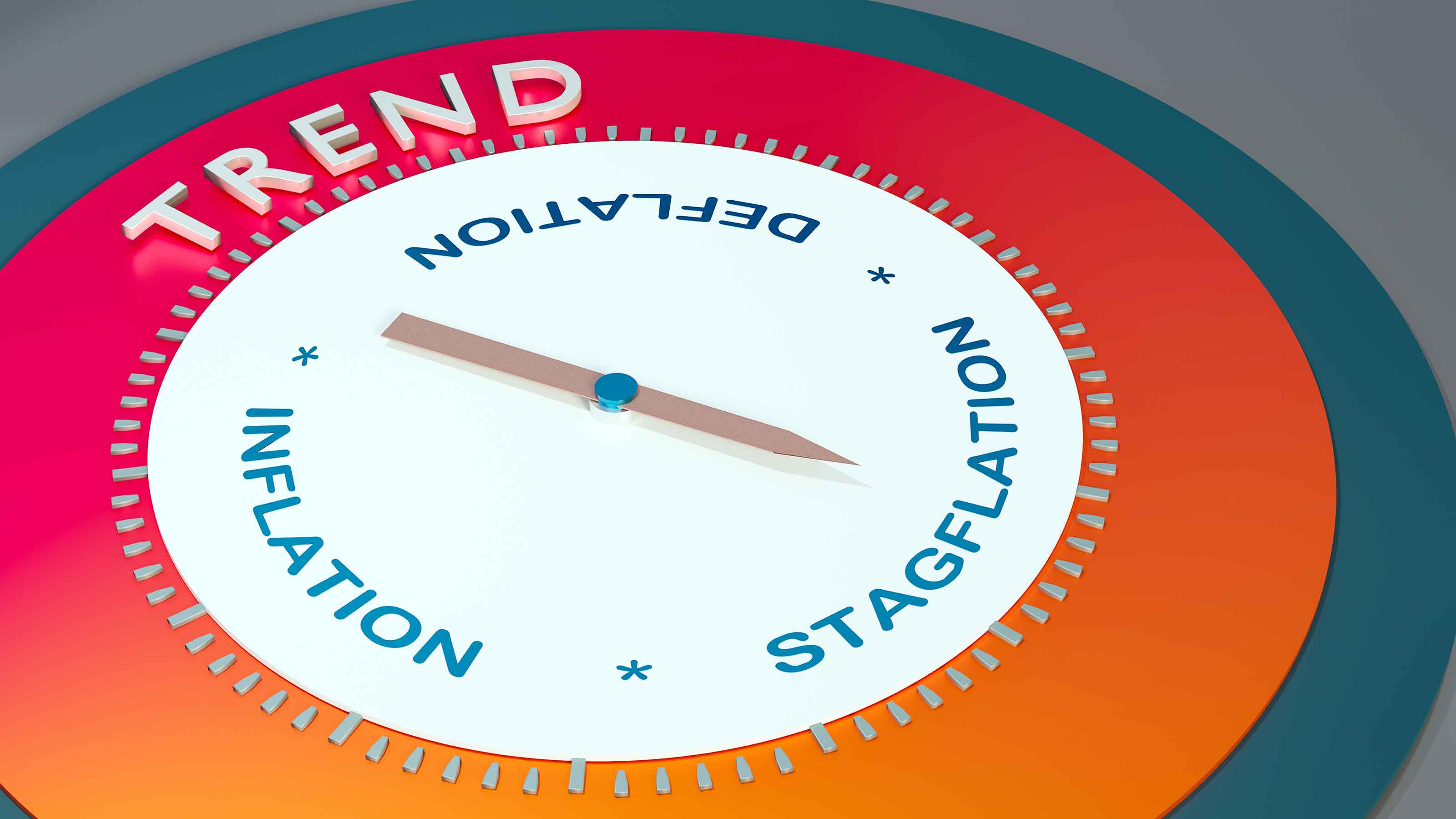
Stagflation: that ghoul from the era of shag carpet and disco balls.
It's something that hasn't been seriously discussed in economics circles since the late 1970s. But today, with inflation pushing multidecade highs and company after company reporting that results might end up being disappointing over the next several quarters due to rising labor and materials costs, stagflation is a real topic of concern again.
The question is: Should it be?
From just $107.88 $24.99 for Kiplinger Personal Finance
Become a smarter, better informed investor. Subscribe from just $107.88 $24.99, plus get up to 4 Special Issues

Sign up for Kiplinger’s Free Newsletters
Profit and prosper with the best of expert advice on investing, taxes, retirement, personal finance and more - straight to your e-mail.
Profit and prosper with the best of expert advice - straight to your e-mail.
What Exactly Is Stagflation?
First things first: Stagflation is the combination of high inflation with sluggish growth. It's the unholy union of stagnation and inflation, and it's the definition of economic misery.
In fact, it was during the stagflationary '70s when economist Arthur Okun created the "Misery Index": the simple sum of the consumer price inflation rate and the unemployment rate.
This isn't how economics is supposed to work. Inflation is supposed to be the price we pay for growth, and high unemployment or other measures of stagnation are the tradeoff we have to accept for keeping inflation low.
Having both at the same time is a nightmare because anything you do to slow inflation, such as the Federal Reserve raising interest rates, makes the stagnation worse … and anything you do to stimulate growth makes the inflation worse.
What Causes Stagflation?
There are similarities between the 1970s and today, but there are also some key differences. But to understand this, you first have to understand that there are two kinds of inflation: demand-pull and cost-push.
Demand-pull inflation is generally when you get when the Fed gooses the money supply or Congress cuts taxes. This is the inflation you get from excessive demand. When we're all buying at the same time, prices rise. If there is such a thing as "good inflation," this would be it.
Cost-push inflation is another story. This is what you get when supply is limited. Think about housing today or crude oil prices during the OPEC embargoes of the 1970s.
The causes of stagflation of the 1970s were complicated. You had demand-pull inflation due to dovish Fed policy and from the government spending on new social programs and the Vietnam War. And you also had cost-push inflation driven by the oil embargo and by generally rising commodity prices. But we also had a major productivity problem. By the 1970s, the industrial model that had been in place since the New Deal had gotten stale, and the U.S. was in the early stages of deindustrialization due to competition from leaner competition from Japan and elsewhere.
Things got bad. But then they got better.
President Jimmy Carter started and Ronald Reagan massively accelerated the trend of deregulation and privatization, which boosted productivity. The country evolved into a productive service economy. OPEC lost its grip on the energy market. The Fed got better at policy. And we no longer had a Vietnam War to pay for. Stagflation gave way to higher growth and falling inflation.
Today, we also have major demand-pull inflation due to low interest rates and COVID relief efforts that put money into American pockets and, for a stretch, incentivized workers to stay at home. Getting Americans back to work has been a challenge and led to rising wages.
Meanwhile, we have plenty of cost-push inflation due to the post-COVID supply chain being a wreck. Everything from lumber to microchips is in short supply, leading to price spikes.
Why Stagflation Won't Last
Supply chain disruptions won't last forever. This might very well be a lean Christmas, but eventually the supply chains will be "fixed." Prices might not fall tomorrow, but as supplies get back to something resembling normal, they will moderate.
Meanwhile, we live in a world awash in energy. OPEC does not have the power to control energy prices on a whim the way they did in the 1970s. When prices get high enough, new supply floods the market from American shale producers and other non-OPEC members. And we haven't even mentioned the rise of solar, wind and other renewable energies.
And as for labor, American workers should enjoy their windfall today because it won't last. Automation is replacing labor at the fastest rate since the Industrial Revolution, and the current labor shortage will only force companies to invest even more in automation to speed up the process.
This is not to say we live in a "just right" Goldilocks economy. It's entirely possible we see a recession in the next year if the great post-COVID recovery starts to lose steam.
But the risk of persistent stagflation is minor, as is (hopefully) the return of earth tones and horseshoe mustaches.
Profit and prosper with the best of Kiplinger's advice on investing, taxes, retirement, personal finance and much more. Delivered daily. Enter your email in the box and click Sign Me Up.

Charles Lewis Sizemore, CFA is the Chief Investment Officer of Sizemore Capital Management LLC, a registered investment advisor based in Dallas, Texas, where he specializes in dividend-focused portfolios and in building alternative allocations with minimal correlation to the stock market.
-
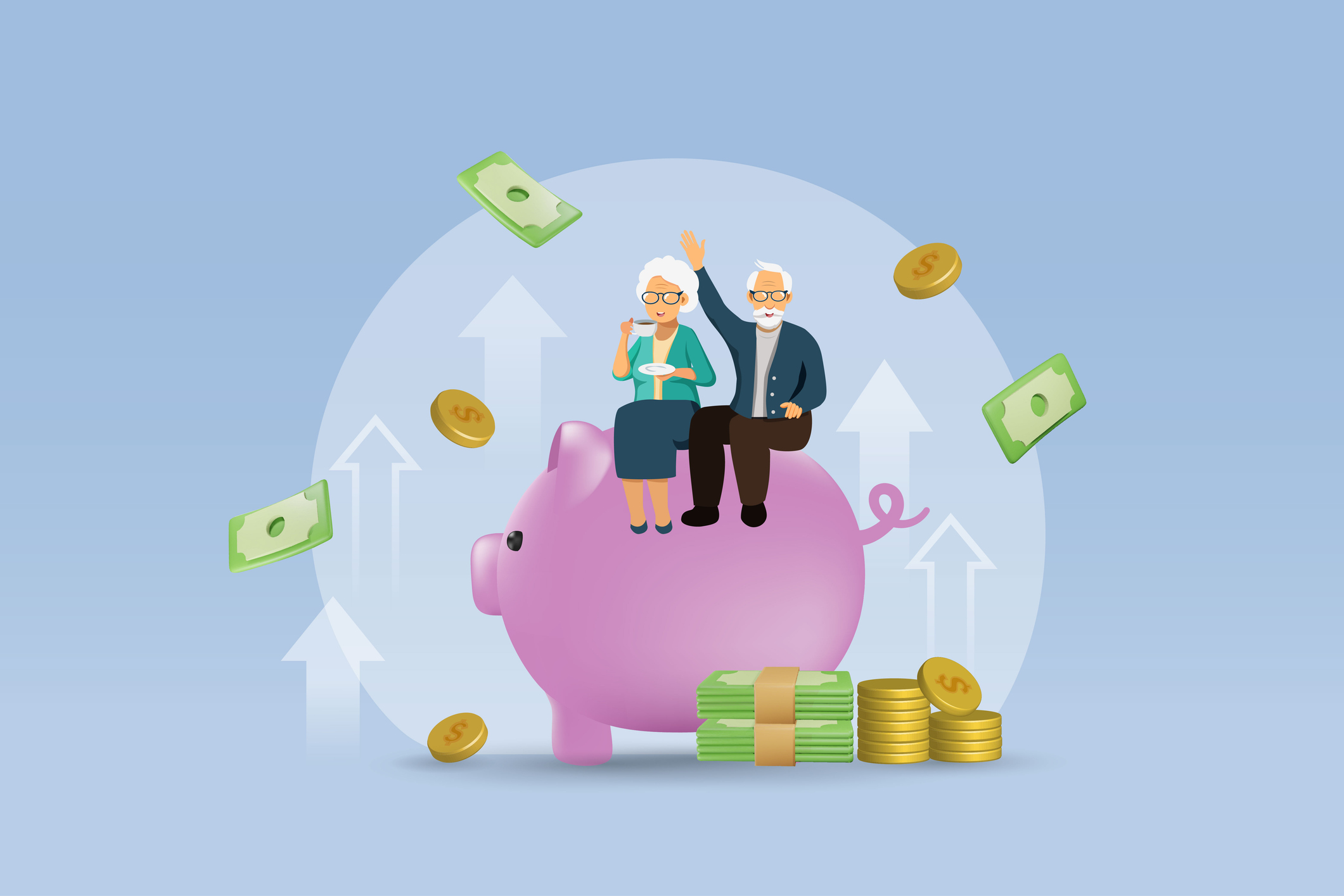 How Much a $100k Jumbo CD Earns You
How Much a $100k Jumbo CD Earns YouYou might be surprised at how fast a jumbo CD helps you reach your goals.
-
 How Charitable Trusts Benefit You and Your Favorite Charities
How Charitable Trusts Benefit You and Your Favorite CharitiesThese dual-purpose tools let affluent families combine philanthropic goals with advanced tax planning to generate income, reduce estate taxes and preserve wealth.
-
 A 5-Step Plan for Parents of Children With Special Needs
A 5-Step Plan for Parents of Children With Special NeedsGuidance to help ensure your child's needs are supported now and in the future – while protecting your own financial well-being.
-
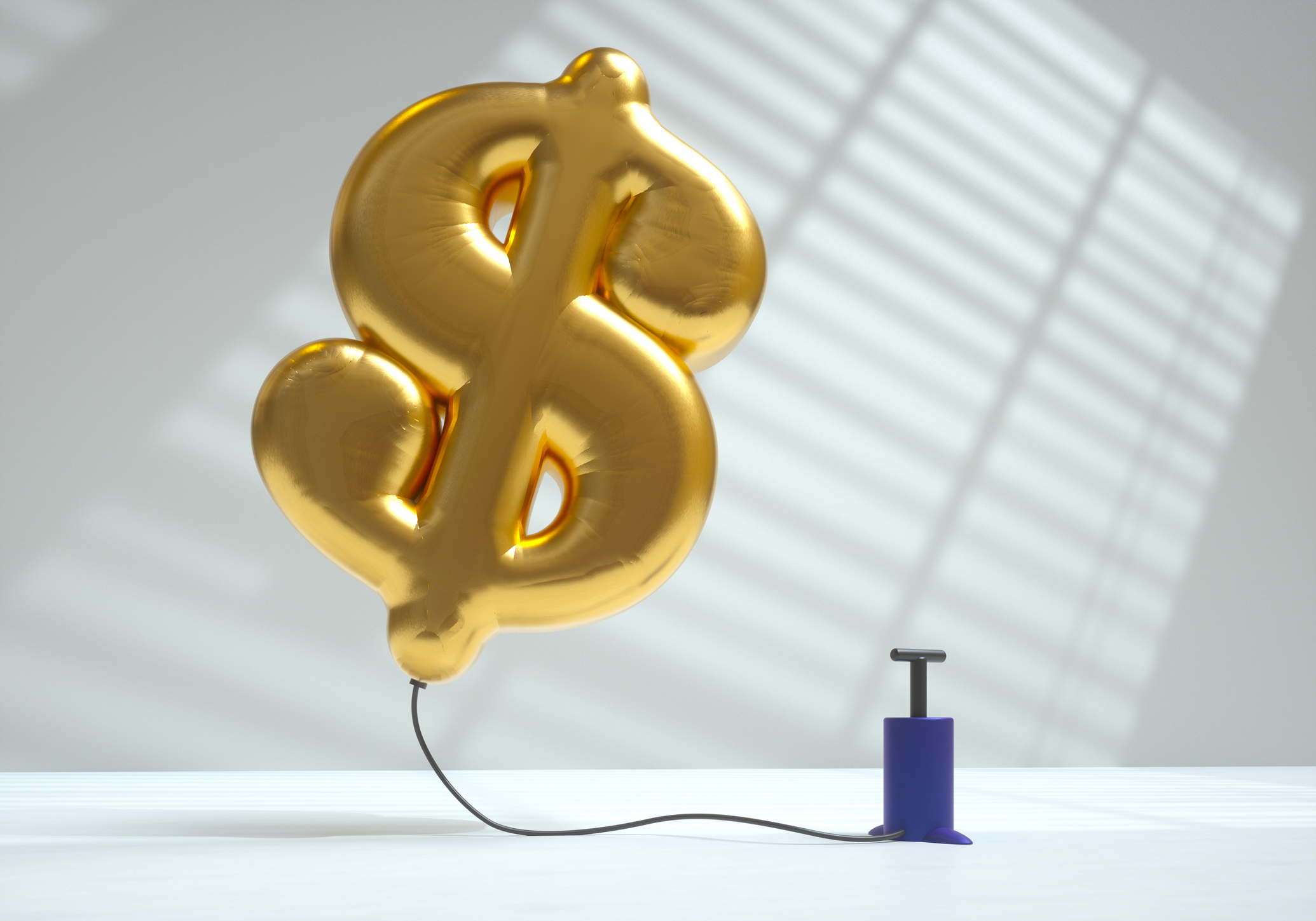 The November CPI Report Is Out. Here's What It Means for Rising Prices
The November CPI Report Is Out. Here's What It Means for Rising PricesThe November CPI report came in lighter than expected, but the delayed data give an incomplete picture of inflation, say economists.
-
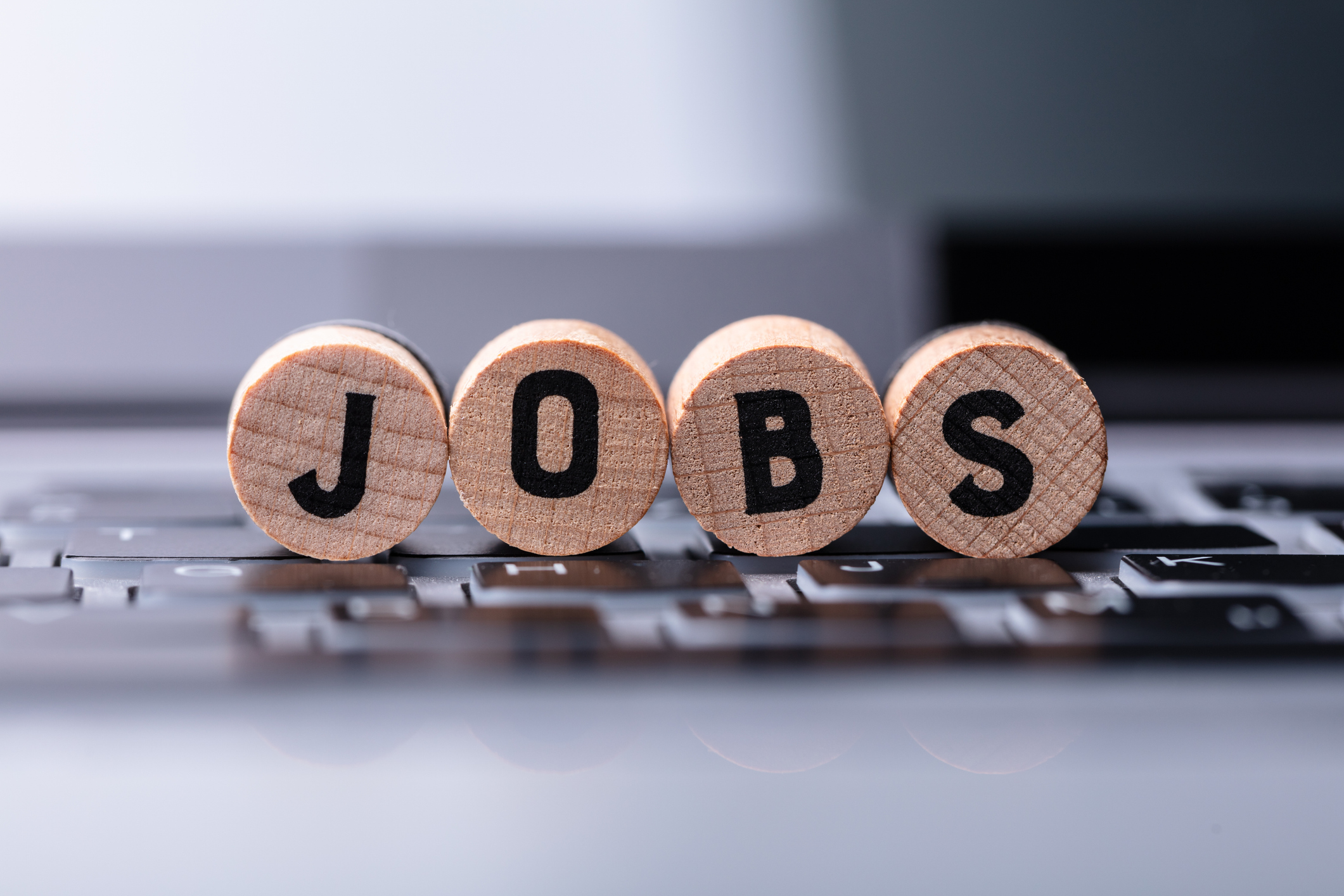 The Delayed November Jobs Report Is Out. Here's What It Means for the Fed and Rate Cuts
The Delayed November Jobs Report Is Out. Here's What It Means for the Fed and Rate CutsThe November jobs report came in higher than expected, although it still shows plenty of signs of weakness in the labor market.
-
 December Fed Meeting: Updates and Commentary
December Fed Meeting: Updates and CommentaryThe December Fed meeting is one of the last key economic events of 2025, with Wall Street closely watching what Chair Powell & Co. will do about interest rates.
-
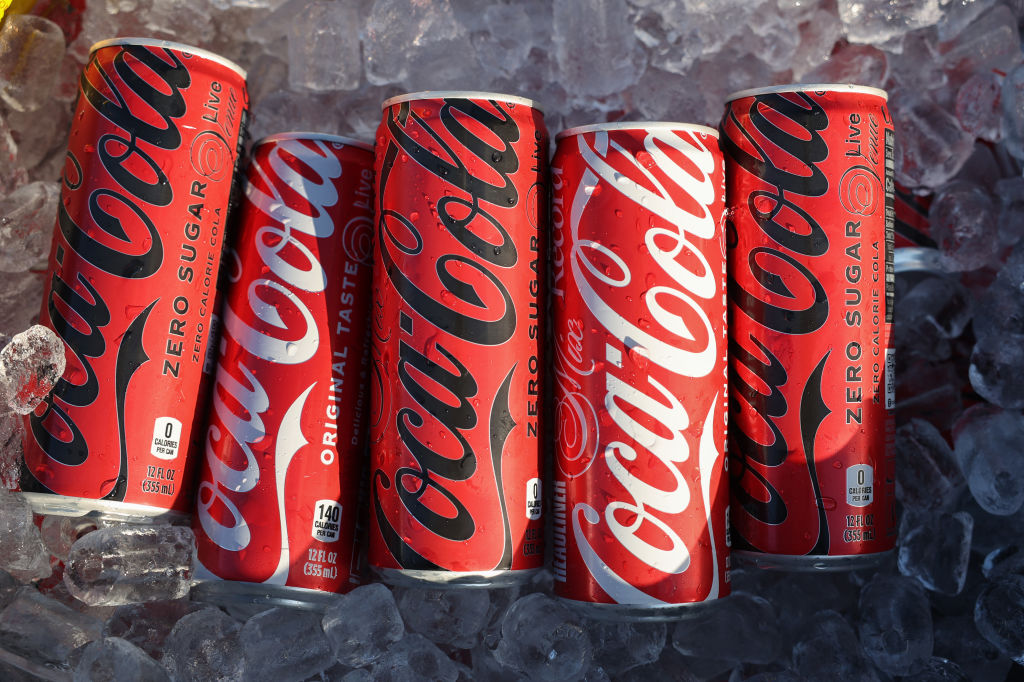 If You'd Put $1,000 Into Coca-Cola Stock 20 Years Ago, Here's What You'd Have Today
If You'd Put $1,000 Into Coca-Cola Stock 20 Years Ago, Here's What You'd Have TodayEven with its reliable dividend growth and generous stock buybacks, Coca-Cola has underperformed the broad market in the long term.
-
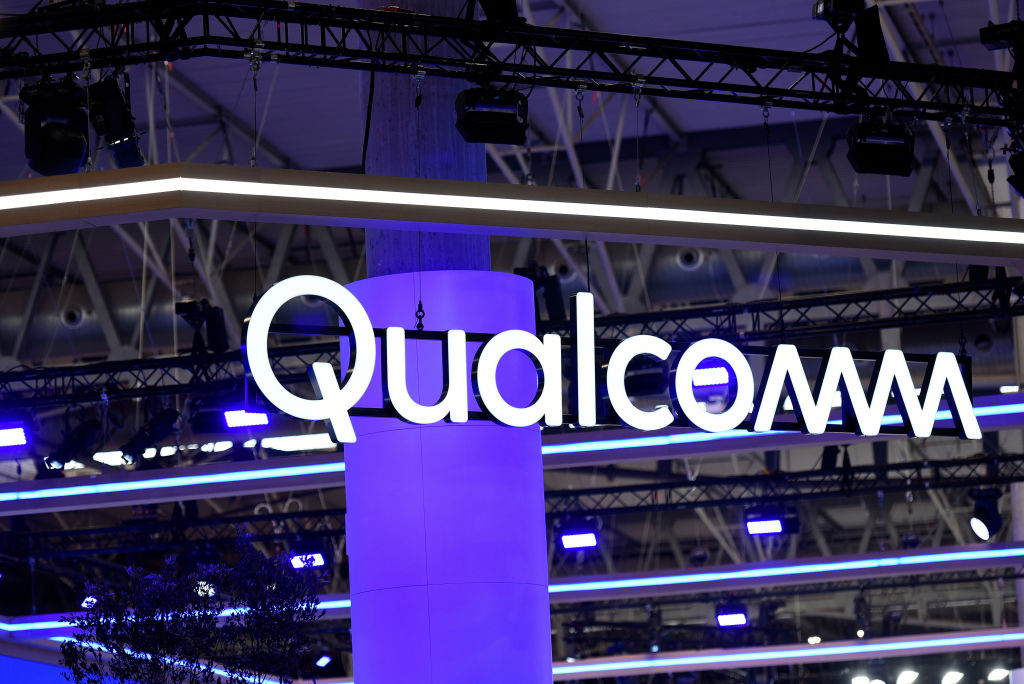 If You Put $1,000 into Qualcomm Stock 20 Years Ago, Here's What You Would Have Today
If You Put $1,000 into Qualcomm Stock 20 Years Ago, Here's What You Would Have TodayQualcomm stock has been a big disappointment for truly long-term investors.
-
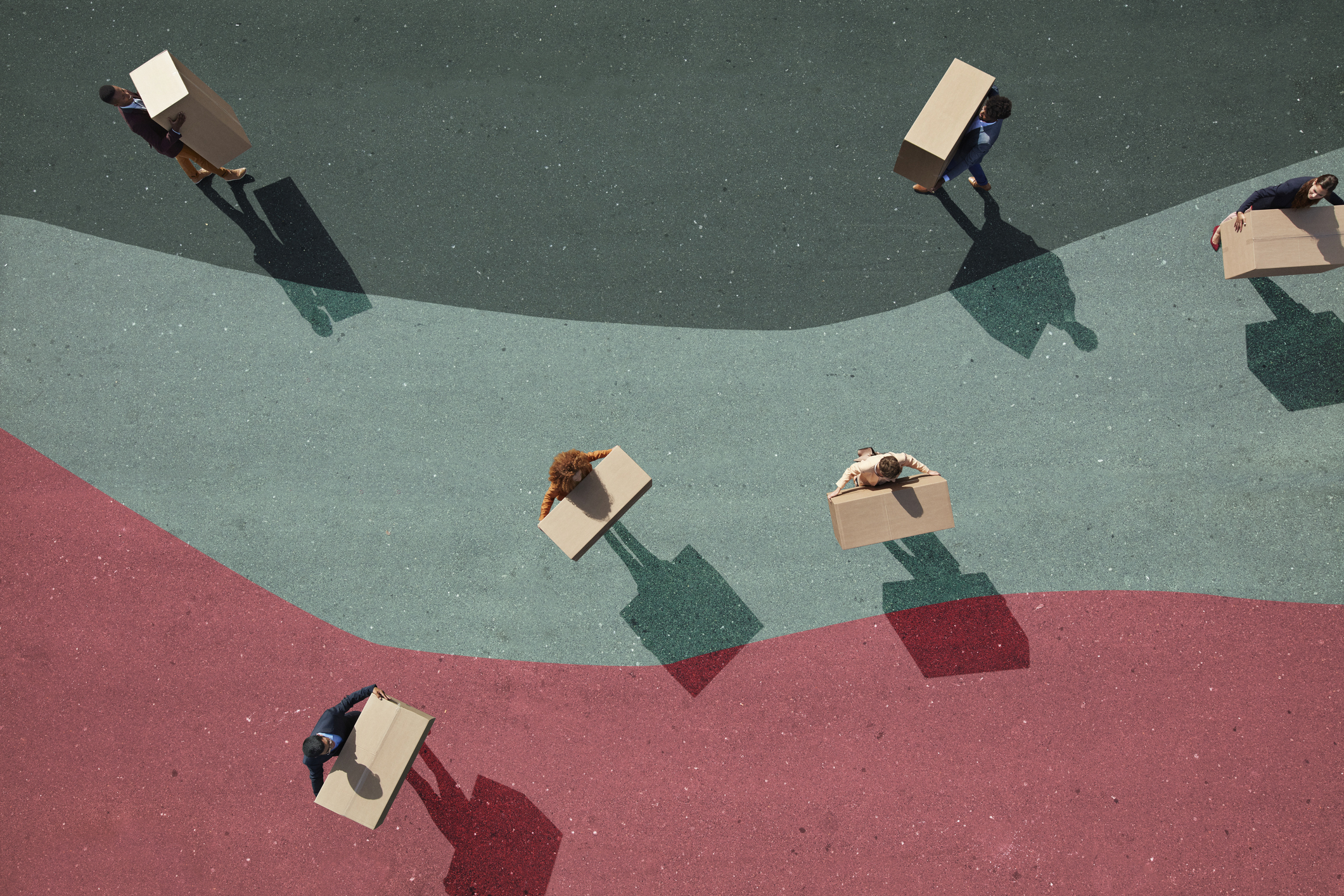 The Delayed September Jobs Report Is Out. Here's What It Means for the Fed
The Delayed September Jobs Report Is Out. Here's What It Means for the FedThe September jobs report came in much higher than expected, lowering expectations for a December rate cut.
-
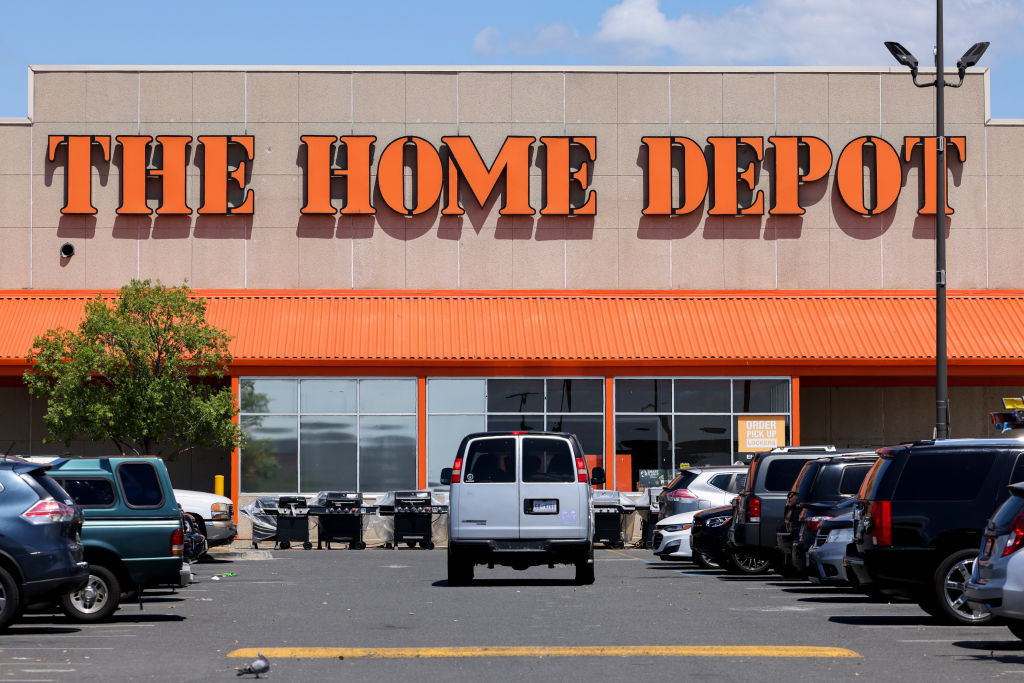 If You'd Put $1,000 Into Home Depot Stock 20 Years Ago, Here's What You'd Have Today
If You'd Put $1,000 Into Home Depot Stock 20 Years Ago, Here's What You'd Have TodayHome Depot stock has been a buy-and-hold banger for truly long-term investors.
-
 October Fed Meeting: Updates and Commentary
October Fed Meeting: Updates and CommentaryThe October Fed meeting is a key economic event, with Wall Street turned into what Fed Chair Powell & Co. did about interest rates.